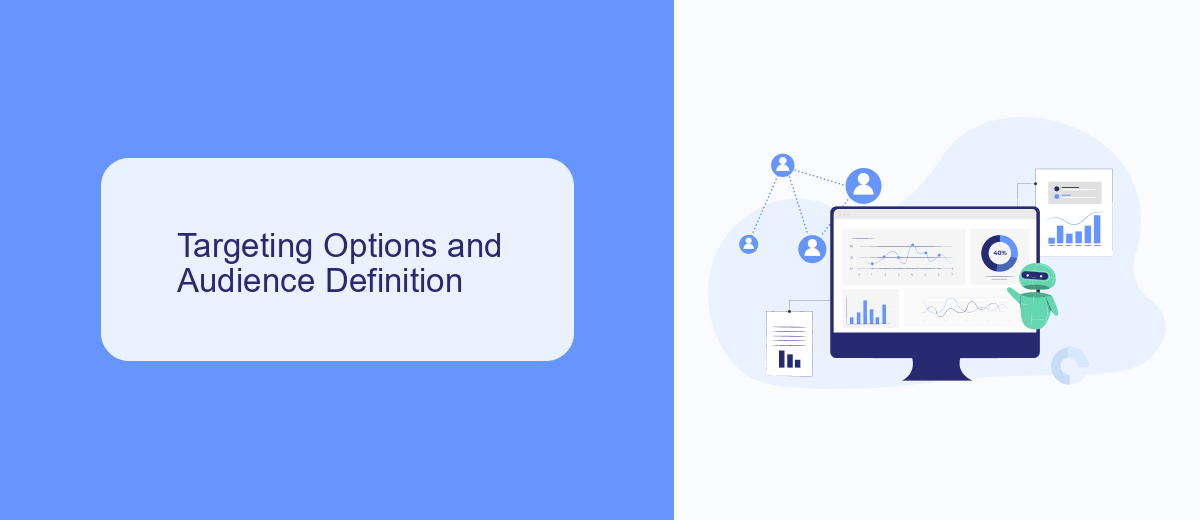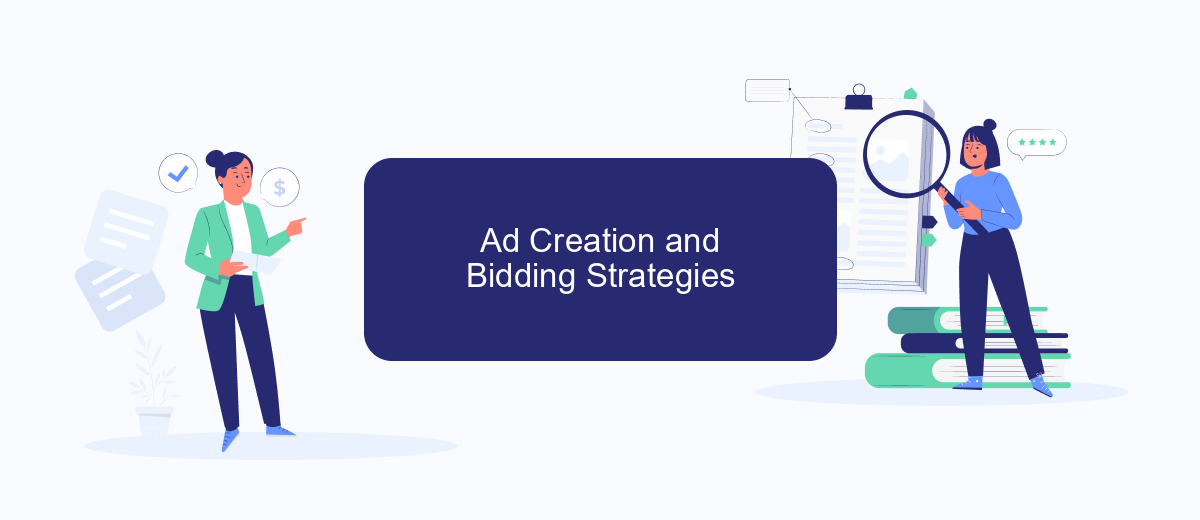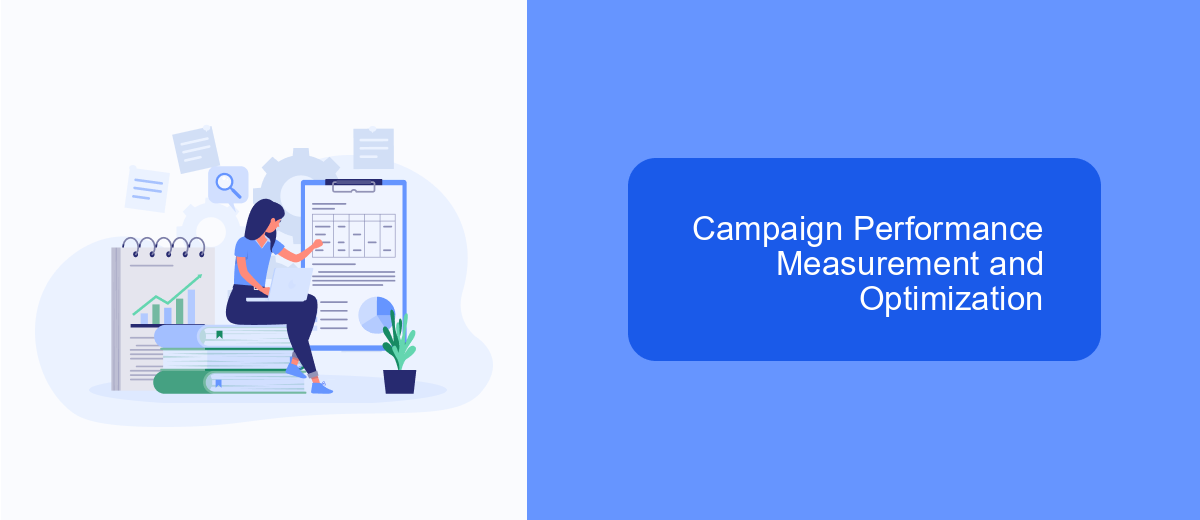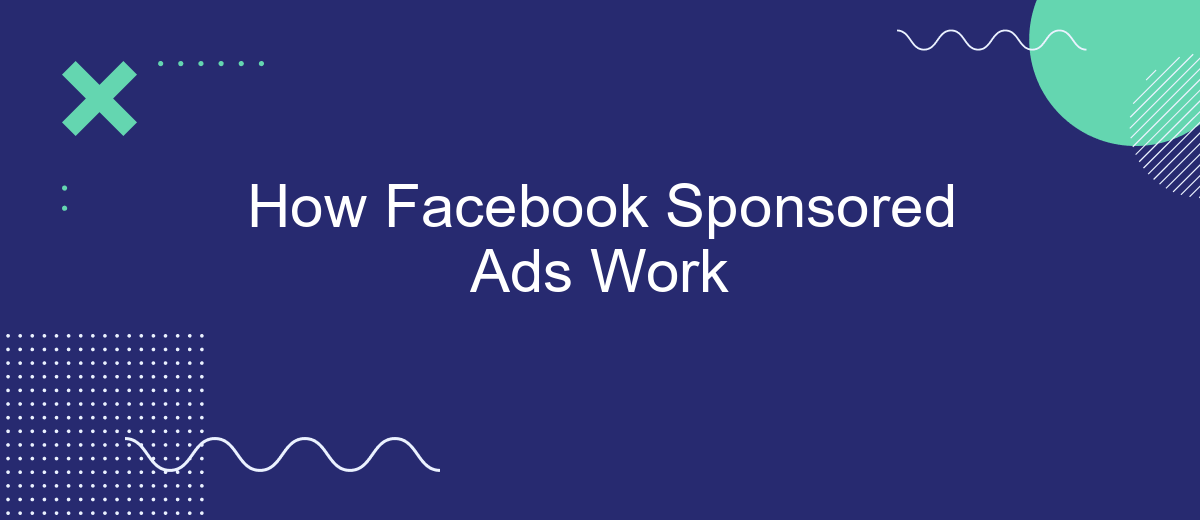Facebook Sponsored Ads have revolutionized the way businesses reach their target audiences in the digital age. By leveraging user data, these ads allow companies to deliver personalized content directly to users who are most likely to be interested in their products or services. In this article, we will explore the mechanics behind Facebook Sponsored Ads, shedding light on how they function and why they are an essential tool for modern marketing strategies.
Understanding Facebook's Advertising Ecosystem
Facebook's advertising ecosystem is a complex yet powerful platform that enables businesses to reach a wide audience through tailored advertising solutions. By leveraging user data, Facebook allows advertisers to target specific demographics, interests, and behaviors, ensuring that ads are shown to the most relevant users. This targeted approach increases the likelihood of engagement and conversion, making it an attractive option for marketers.
- Audience Targeting: Advertisers can choose their audience based on age, location, interests, and more.
- Ad Formats: Facebook offers various ad formats, including image, video, carousel, and collection ads.
- Budget Control: Advertisers can set daily or lifetime budgets and adjust them as needed.
- Performance Metrics: Detailed analytics allow advertisers to track the performance of their campaigns.
Understanding these elements is crucial for businesses looking to maximize their return on investment in Facebook advertising. By utilizing the platform's robust tools and insights, advertisers can create effective campaigns that resonate with their target audience, driving both brand awareness and sales. As Facebook continues to evolve, staying informed about its advertising ecosystem is essential for maintaining a competitive edge.
Targeting Options and Audience Definition

Facebook offers a variety of targeting options to ensure your sponsored ads reach the most relevant audience. Advertisers can define their audience based on demographics such as age, gender, and location, as well as interests, behaviors, and connections. This detailed targeting allows businesses to tailor their ads to individuals who are most likely to engage with their content, thereby increasing the effectiveness of their advertising campaigns. Additionally, advertisers can create custom audiences by uploading their own customer data, or use Facebook's Lookalike Audiences to find new people similar to their existing customers.
To further enhance audience targeting, integration tools like SaveMyLeads can be utilized. SaveMyLeads allows advertisers to automate the process of collecting and managing leads from Facebook ads, ensuring that the right data is used to refine audience definitions. By streamlining lead management, businesses can focus on optimizing their ad campaigns and improving conversion rates. This integration not only saves time but also enhances the precision of targeting strategies, making it a valuable tool for maximizing the impact of Facebook sponsored ads.
Ad Creation and Bidding Strategies

Creating effective Facebook sponsored ads requires a strategic approach to both design and targeting. The first step is to clearly define your campaign goals, whether they are to increase brand awareness, generate leads, or drive sales. Once your objectives are set, focus on crafting compelling ad creatives that resonate with your target audience. This involves selecting eye-catching visuals and writing persuasive copy that aligns with your brand message.
- Identify your target audience using Facebook's detailed demographic and interest targeting options.
- Set a budget and choose between daily or lifetime spending limits.
- Select an appropriate bidding strategy, such as cost-per-click (CPC) or cost-per-impression (CPM), based on your campaign goals.
- Utilize A/B testing to compare different ad variations and optimize performance.
- Monitor campaign results and adjust targeting, creatives, or budget as needed to improve outcomes.
Bidding strategies play a crucial role in maximizing the efficiency of your ad spend. By understanding the nuances of Facebook's auction system, you can make informed decisions about how to allocate your budget. Whether you opt for manual or automatic bidding, continuously monitoring and refining your strategy is essential for achieving the best results. Regularly reviewing performance metrics will help you adapt and maintain a competitive edge in the dynamic landscape of Facebook advertising.
Campaign Performance Measurement and Optimization

Measuring the performance of your Facebook sponsored ads is crucial for understanding their effectiveness and ensuring a good return on investment. By analyzing key metrics, advertisers can gain insights into what works and what needs improvement. Facebook provides a robust set of tools and analytics to help you track and optimize your ad campaigns.
To effectively measure and optimize your campaign performance, it's essential to focus on specific metrics that align with your advertising goals. These metrics provide actionable insights that can help refine your strategy and boost your results. Regular monitoring and adjustments based on these insights are vital for maintaining the efficiency of your campaigns.
- Click-Through Rate (CTR): Indicates the effectiveness of your ad in encouraging users to visit your site.
- Conversion Rate: Measures how well your ad converts clicks into desired actions, like purchases or sign-ups.
- Cost Per Click (CPC): Helps evaluate the efficiency of your budget by showing the average cost for each click.
- Return on Ad Spend (ROAS): Assesses the profitability of your campaign by comparing revenue generated to advertising costs.
Optimization involves adjusting your targeting, ad creatives, and bidding strategies based on performance data. By continuously testing different elements, such as ad copy and images, you can identify what resonates best with your audience. Leveraging A/B testing and experimenting with various ad formats can further enhance your campaign's success.
Best Practices and Common Mistakes to Avoid
To maximize the effectiveness of Facebook Sponsored Ads, it’s crucial to target the right audience. Utilize Facebook’s robust targeting tools to define your audience based on demographics, interests, and behaviors. Regularly analyze ad performance metrics to refine your strategy and ensure you’re reaching the most relevant users. Additionally, test different ad formats and creatives to determine what resonates best with your audience. Consistency in branding and messaging across your ads will also help in building brand recognition and trust.
Avoid common pitfalls such as setting unrealistic goals or neglecting to monitor ad performance. Overlooking the importance of A/B testing can lead to missed opportunities for optimization. Ensure your ad content is not overly promotional; instead, focus on providing value to your audience. For businesses looking to streamline lead management, consider integrating services like SaveMyLeads, which automates the transfer of leads from Facebook to your CRM, ensuring no potential customer is missed. Lastly, always adhere to Facebook’s advertising policies to prevent your ads from being disapproved.
FAQ
How do Facebook Sponsored Ads work?
How can I target the right audience for my Facebook Sponsored Ads?
What is the cost of running Facebook Sponsored Ads?
How can I measure the success of my Facebook Sponsored Ads?
Can I automate and integrate Facebook Sponsored Ads with other marketing tools?
You probably know that the speed of leads processing directly affects the conversion and customer loyalty. Do you want to receive real-time information about new orders from Facebook and Instagram in order to respond to them as quickly as possible? Use the SaveMyLeads online connector. Link your Facebook advertising account to the messenger so that employees receive notifications about new leads. Create an integration with the SMS service so that a welcome message is sent to each new customer. Adding leads to a CRM system, contacts to mailing lists, tasks to project management programs – all this and much more can be automated using SaveMyLeads. Set up integrations, get rid of routine operations and focus on the really important tasks.
